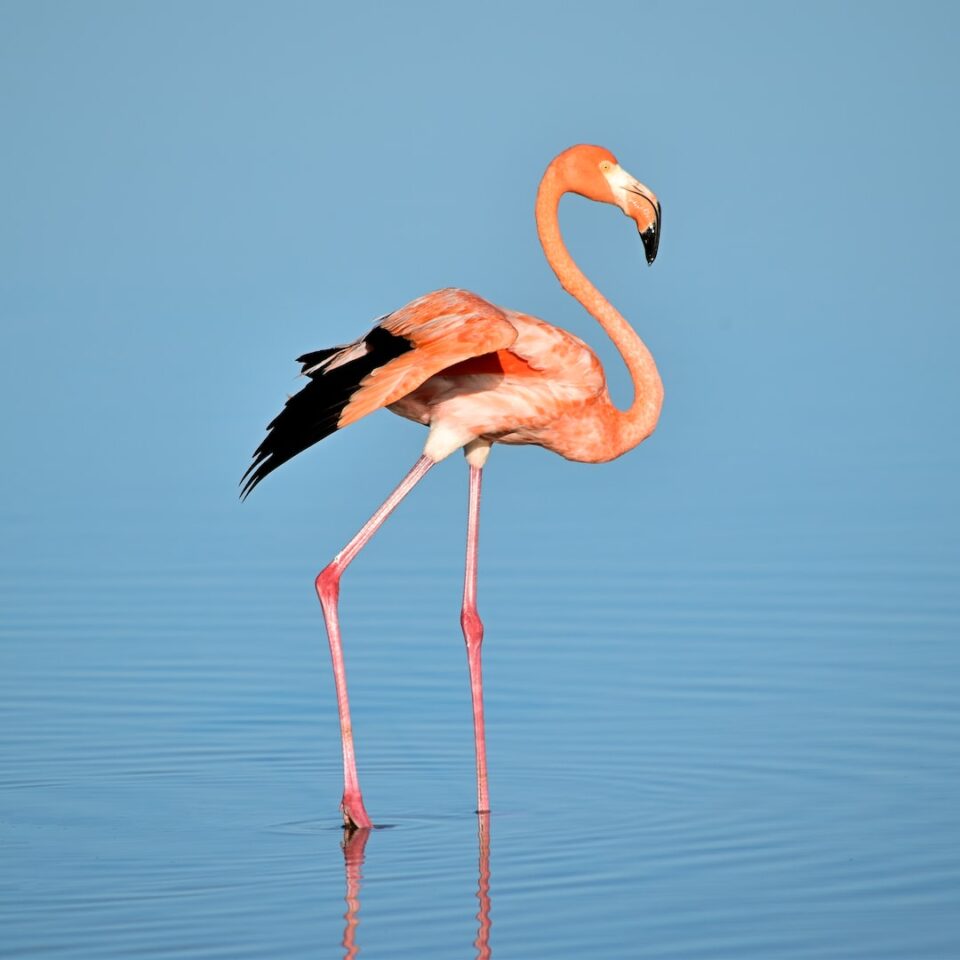The World’s Most Bizarre Animal Adaptations
Mother Nature has an incredible ability to adapt species to their environments, resulting in some truly fascinating animal adaptations. These adaptations can range from the camouflage abilities of certain creatures to the ability to regenerate lost body parts. In this article, we will explore some of the world’s most bizarre animal adaptations that will leave you in awe of the wonders of the natural world.
1. Chameleon’s Camouflage:
Chameleons are famous for their ability to change color and blend into their surroundings. This remarkable adaptation is due to specialized cells, called chromatophores, in their skin. These cells contain pigments that can expand or contract, altering the chameleon’s skin color. This incredible camouflage allows them to become nearly invisible to predators and unseen by potential prey.
2. Mantis Shrimp’s Powerful Claws:
The mantis shrimp has one of the most powerful punches in the animal kingdom. Its claws, which evolved from its second pair of legs, can strike with a force equivalent to a .22 caliber bullet. This adaptation allows the mantis shrimp to quickly immobilize its prey, even breaking through the shells of certain mollusks. Their claws move so fast that they create cavitation bubbles, which produce shock waves that can stun or even kill their targets.
3. Axolotl’s Regenerative Abilities:
The Axolotl, a neotenic salamander native to Mexico, possesses incredible regenerative abilities. When injured or even losing a limb, it can regrow an exact replica in just a matter of weeks. This incredible adaptation is due to their unique genetic makeup and an abundance of stem cells capable of forming any type of tissue. Scientists study these salamanders in the hopes of unlocking secrets to aid in human tissue regeneration.
4. Star-Nosed Mole’s Noses:
The star-nosed mole is a small mammal with one of the most peculiar noses in the animal kingdom. Its snout is adorned with 22 fleshy appendages, resembling a star. These appendages are incredibly sensitive and allow the mole to detect tiny movements and vibrations in the soil. This adaptation allows them to hunt insects underwater in complete darkness, making them incredibly efficient predators.
5. Pistol Shrimp’s Sonic Weapon:
The pistol shrimp is known for its extraordinary ability to create a loud ‘crack’ underwater. This adaptation is achieved through a specialized claw that creates a cavitation bubble when snapped shut at a speed of up to 60 miles per hour. When the bubble collapses, it produces a shock wave that stuns or kills nearby prey. This sonic weapon makes the pistol shrimp a formidable predator in the ocean.
6. Elephant Seal’s Whiskers:
Elephant seals have long, sensitive whiskers that help them navigate in deep and dark waters. These whiskers are packed with nerves, making them incredibly sensitive to vibrations. This adaptation allows elephant seals to detect movements of fish and other prey in highly turbid waters, increasing their hunting success. Their whiskers are also used for social interactions and are a visual display of individual dominance.
7. Aye-Aye’s Extraordinary Fingers:
The aye-aye, a lemur native to Madagascar, possesses elongated fingers that are truly extraordinary. The middle finger is thin and bony, allowing it to be used as a specialized tool for feeding. These lemurs tap on trees using their unique finger and listen for the echo produced to locate grubs hidden within the wood. This adaptation is so efficient that it is considered one of the most specialized feeding techniques in the animal kingdom.
8. Surinam Toad’s Back Brooding:
The Surinam toad is a unique species that takes the concept of parental care to another level. Instead of laying eggs, the female toad carries fertilized eggs on her back. These eggs embed themselves into the female’s skin, forming pockets where they undergo development. After several months, fully formed toads emerge from the mother’s back. This adaptation is so bizarre that it may seem like something out of a science fiction movie.
Nature never ceases to amaze us with its astonishing adaptations. From the chameleon’s chameleon’s camouflage to the Surinam toad’s back brooding, these adaptations are a testament to the incredible diversity of the animal kingdom. As we continue to explore and learn about these remarkable creatures, we gain a deeper understanding and appreciation for the wonders of our world.


